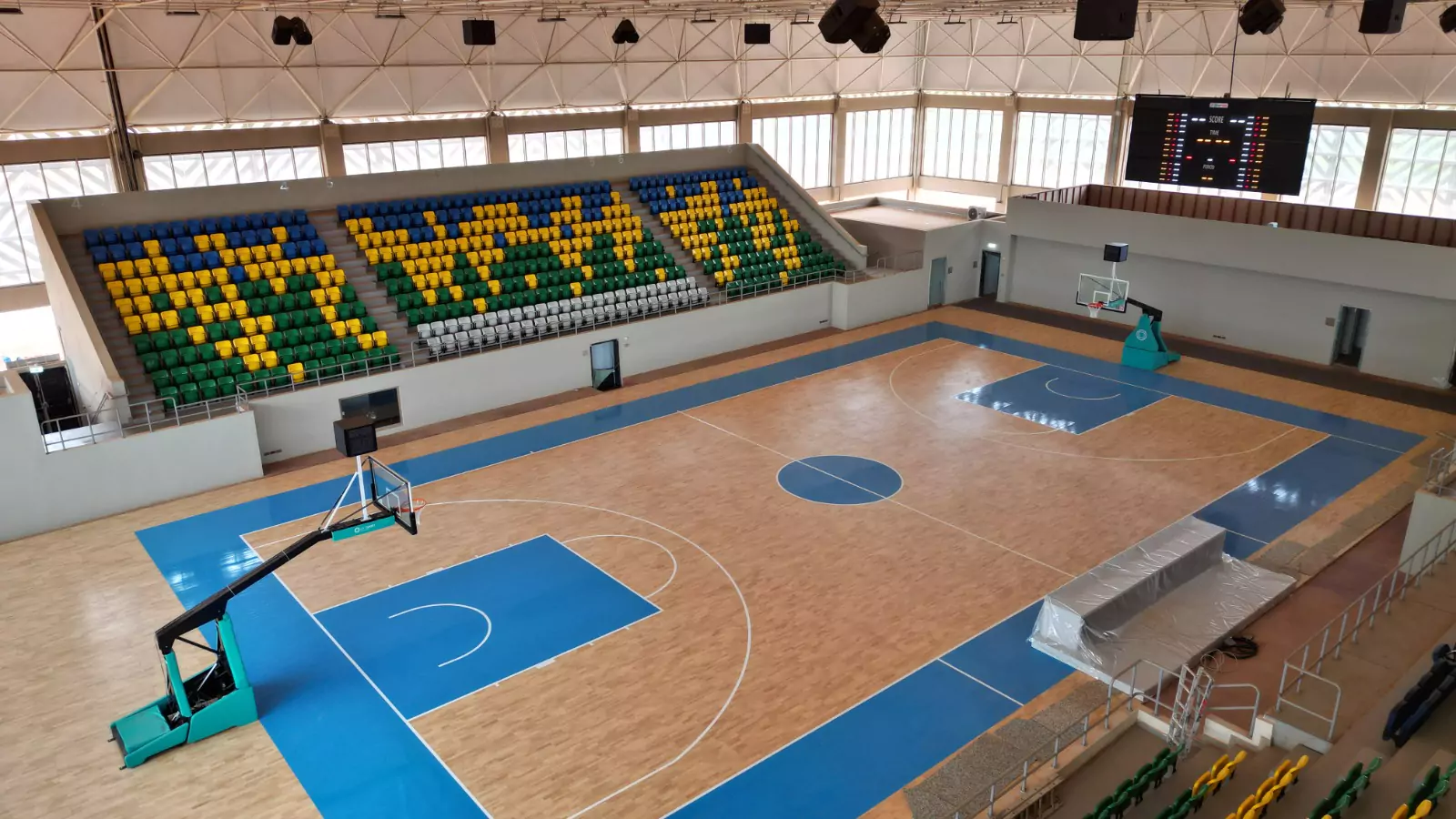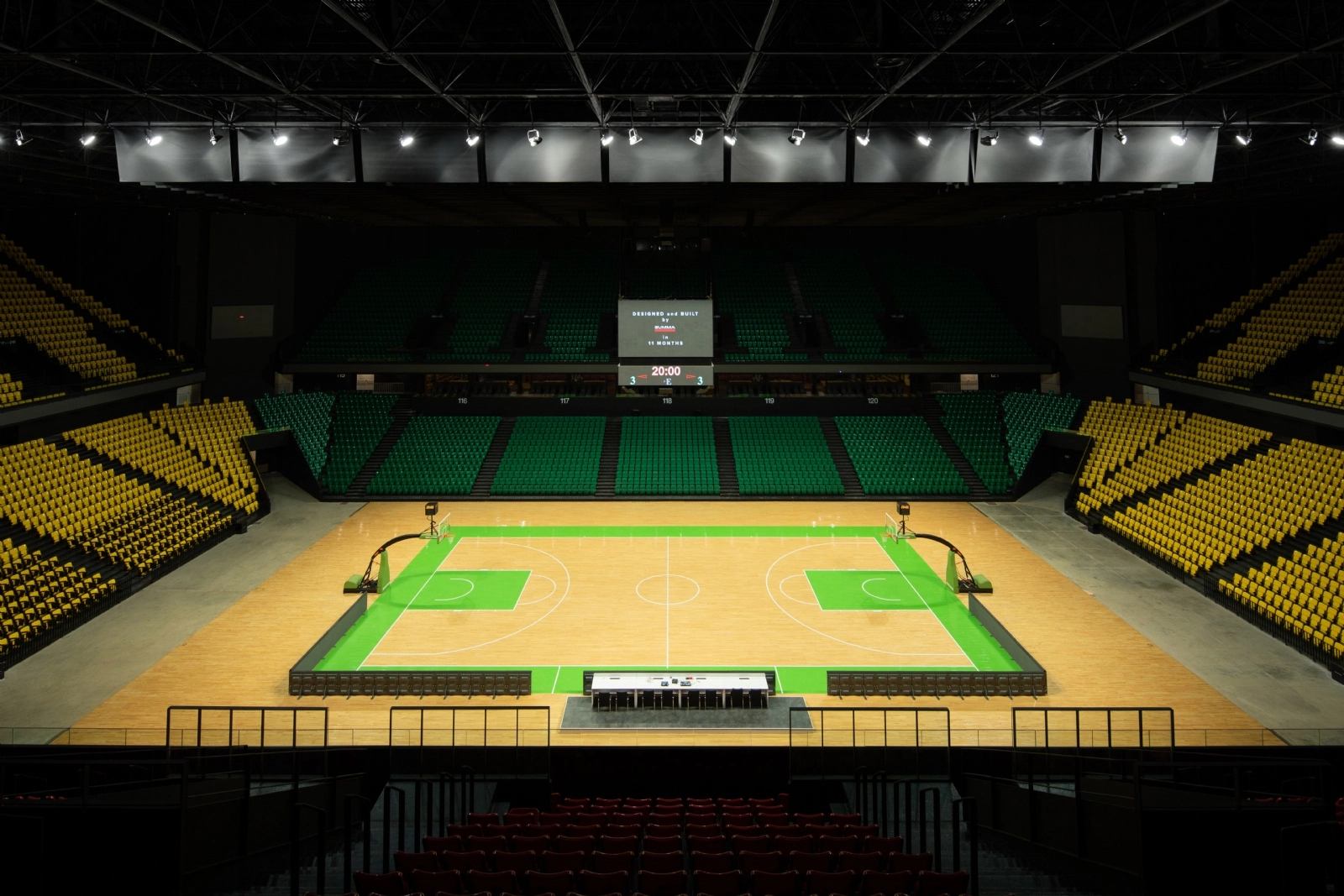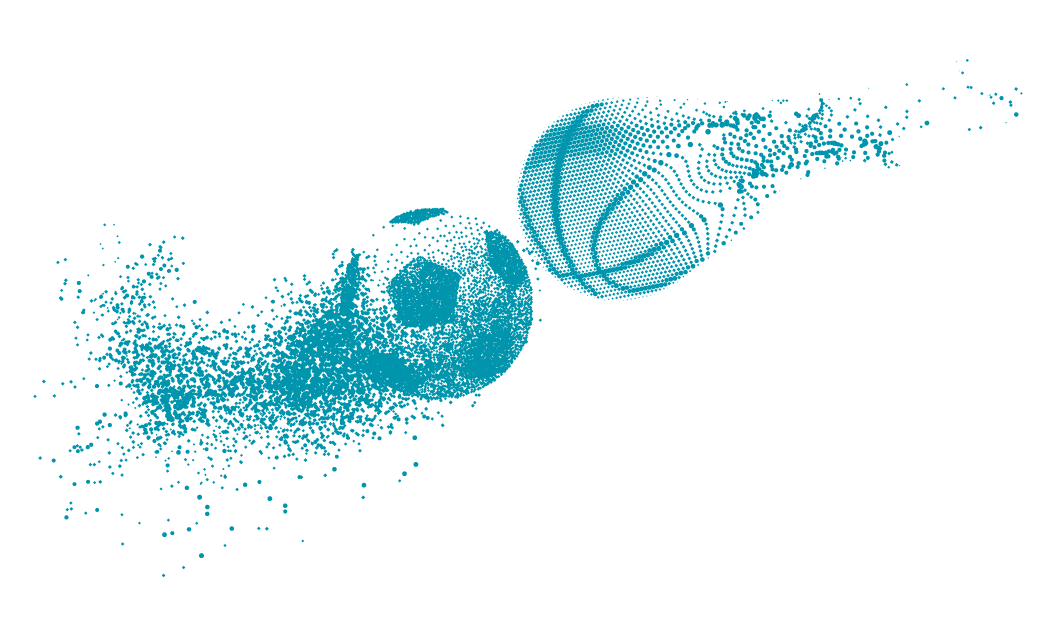Stadium Seating Manufacturer Trends
Stadium Chair Innovations in Europe: Comfort, Design, and Long-Term Value
The European sports and entertainment market is entering a new era of modernization, with stadiums across the continent upgrading their facilities to meet the rising expectations of fans and event organizers. One essential element at the center of this transformation is the stadium chair. Far more than just a place to sit, the modern stadium chair represents a balance of comfort, durability, design, and cost efficiency.

Why Stadium Chairs Are Central to Modern Venues
Fans may not always notice the architecture or the technology behind a stadium, but they directly interact with one element: the chair. The quality of stadium chairs defines the spectator experience, and in Europe, this means chairs must provide:
Ergonomic comfort for long events.
Durability to withstand thousands of matches and concerts.
Safety compliance with UEFA, FIFA, and EN standards.
Design versatility that reflects the identity of clubs and municipalities.
European Trends in Stadium Chair Design
Ergonomic Seating
Chairs designed with advanced ergonomics reduce fatigue and improve posture during long football matches or concerts.
Sustainability in Materials
With the EU Green Deal driving sustainability goals, stadium chairs are increasingly made from recyclable plastics and eco-friendly metals.
Customization and Branding
European clubs now demand chairs that incorporate team colors, logos, and sponsor branding directly into the design.
Modular Chair Systems
Flexibility is critical. Chairs that can be quickly installed, removed, or reconfigured allow venues to adapt for multiple sports and events.
Premium Options
Beyond general seating, stadiums are expanding VIP chair sections that offer wider seats, leather upholstery, and enhanced comfort.
Case Studies: Stadium Chair Modernization in Europe
Camp Nou (Spain): As part of its massive renovation project, FC Barcelona is installing modern, lightweight chairs with better ergonomics and durability.
Allianz Arena (Germany): Known for its cutting-edge design, the arena integrates high-quality stadium chairs that combine comfort with weather resistance.
Parc Olympique Lyonnais (France): Modular seating systems ensure the venue can quickly adapt to football, rugby, and concerts.
These examples highlight how stadium chair innovation is driving the modernization of European sports facilities.
The Price-to-Performance Factor
In Europe, stadium operators are under constant pressure to balance investment with long-term value. Modern stadium chairs are designed not only for comfort and safety but also to minimize maintenance costs and maximize durability. This ensures:
Lower replacement frequency, reducing overall costs.
Efficient cleaning and upkeep.
Compliance with strict European regulations, avoiding penalties.
Looking Ahead: The Future of Stadium Chairs
The next generation of stadium chairs in Europe will focus on:
Smart integration with sensors for seat usage and fan data.
Climate-responsive materials for outdoor venues.
Increased inclusivity, ensuring accessibility for disabled fans.
Design innovations that merge sustainability with aesthetics.

Conclusion
As Europe invests in modernizing its sports infrastructure, the role of the stadium chair has expanded beyond simple functionality. Today’s chairs must embody durability, sustainability, customization, and comfort. By embracing innovation and future-focused design, European stadiums are ensuring that every fan, from general admission to VIP, enjoys a world-class experience.
The stadium chair has become more than a seat—it is a symbol of how Europe envisions the future of live sports and entertainment.

